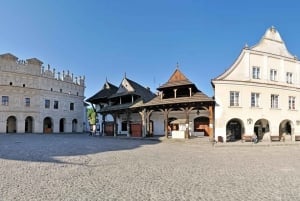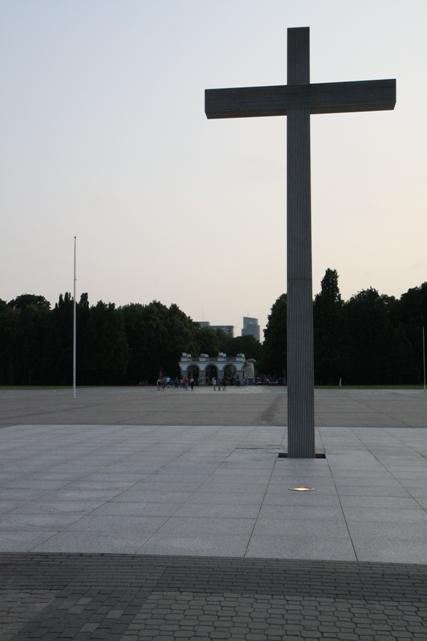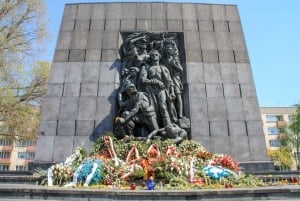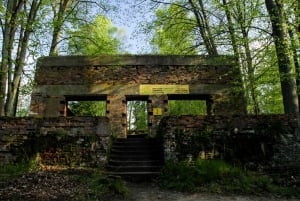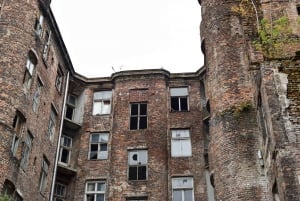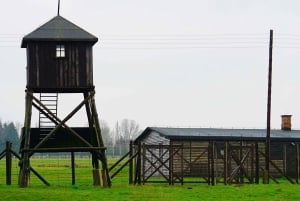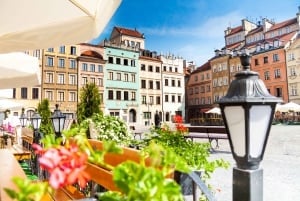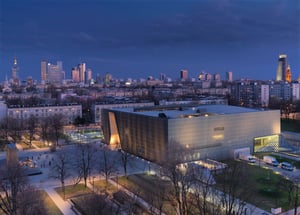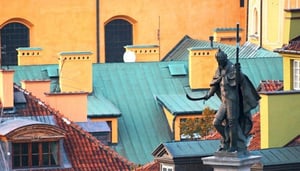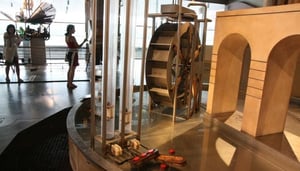Tomb of the Unknown Soldier
Warsaw
City Sights
Many cities in Europe and around the world have a 'Tomb of the Unknown Soldier', although perhaps few are as poignant as Warsaw's. Located on Pilsudskiego Square (itself named after one of Poland's most famous generals) and next to the Saxon Gardens, the tomb was created in the colonnade that connected the two wings of the Saxon Palace.
The idea of a memorial to the Unknown Soldier was a French one, in response to the horror and carnage of World War One. By 1920, just two years after the Great War's end, most participant countries had such a memorial. Poland, however, had to wait until 1925, as the newly independent Second Republic had had to continue fighting (principally the Soviets) for a few more years in order to protect its borders.
An unidentified soldier who fell in the battle of Lwow was chosen as the representative. On November 2nd 1925, a Mass was held in St John's Cathedral, after which a minute's silence was held throughout Poland. The body was interred along with urns containing samples of soil from fourteen different battlefields. An honour guard was posted along with an Eternal Flame, which has remained there uninterrupted (with the exception of during the German occupation in WWII) ever since.
The building suffered light damage during the early part of the Second World War, but was then destroyed by the Wehrmacht in the immediate aftermath of the Warsaw Uprising. After the war, reconstruction began, although it would be only the small part of the colonnade housing the Tomb, and not the Palace itself. The Tomb was updated to include battles (and soil) from WWII but, tellingly, the Communists removed all mention of the Polish-Soviet War of 1920. Post-independence in 1990 this omission was corrected.
